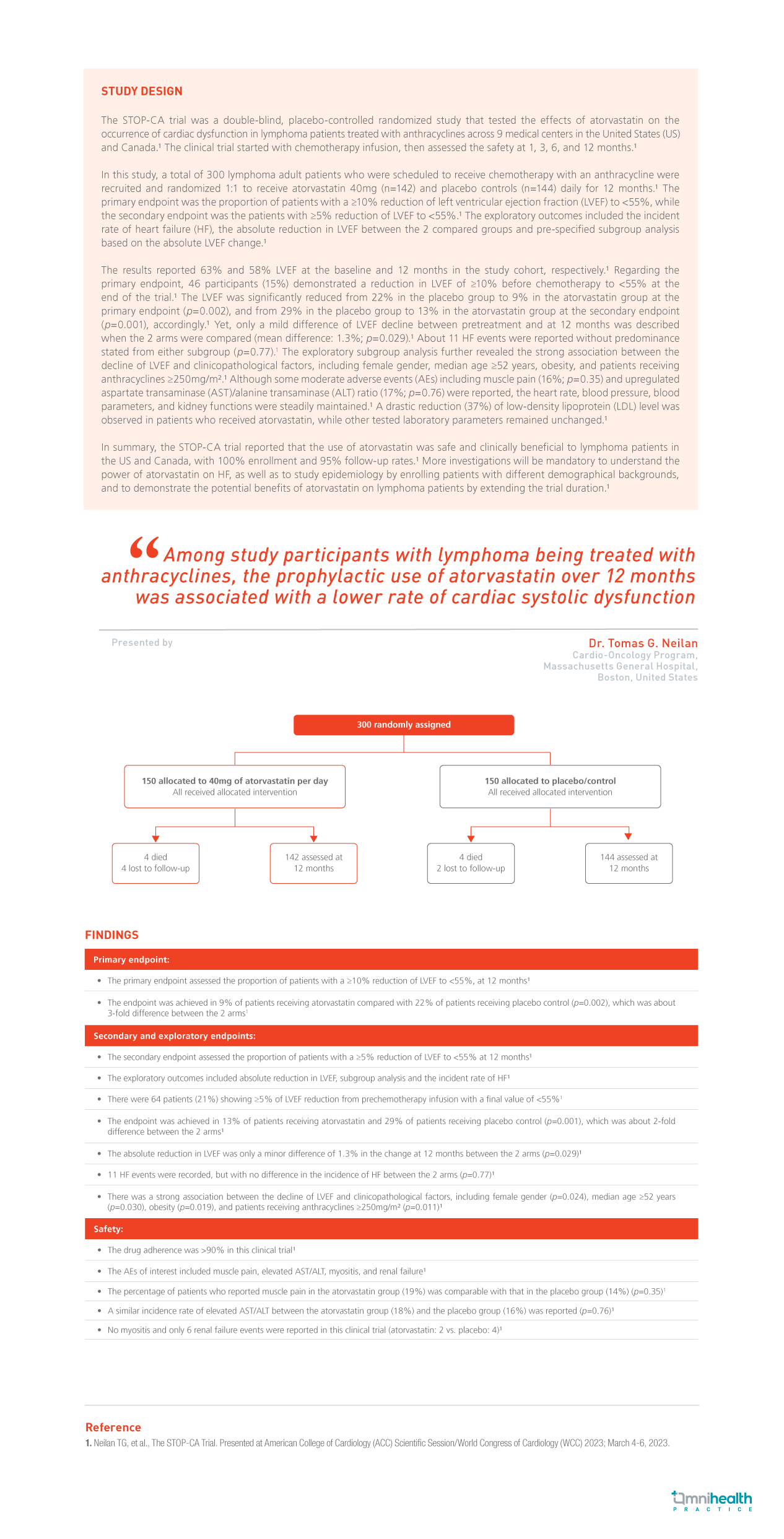Globally, approximately 26 million people suffer from heart failure, and an estimated 50% of those cases are heart failure with reduced ejection fraction (HFrEF).1,2 HFrEF patients have seen improvement in the mortality rate, in light of the evolving pharmacological treatment options.3 The utilization of angiotensin-converting enzyme inhibitors (ACEIs), angiotensin receptor blockers (ARBs), beta-blockers (BBs), mineralocorticoid receptor antagonists (MRAs), and sodium-glucose cotransporter 2 inhibitors (SGLT2is) have readily been employed.1,3-5 Despite the advancements and the availability of a variety of treatments, the mortality rate of individuals with HFrEF remains high.3,6 Therefore, it is necessary to ascertain optimal pharmacological therapy combinations supported by up-to-date global data, with the aim of further reducing HFrEF cases.2 Recent findings by Tromp J and colleagues published in the Journal of the American College of Cardiology: Heart Failure estimated and compared which treatment options are the most advantageous for HFrEF.4

